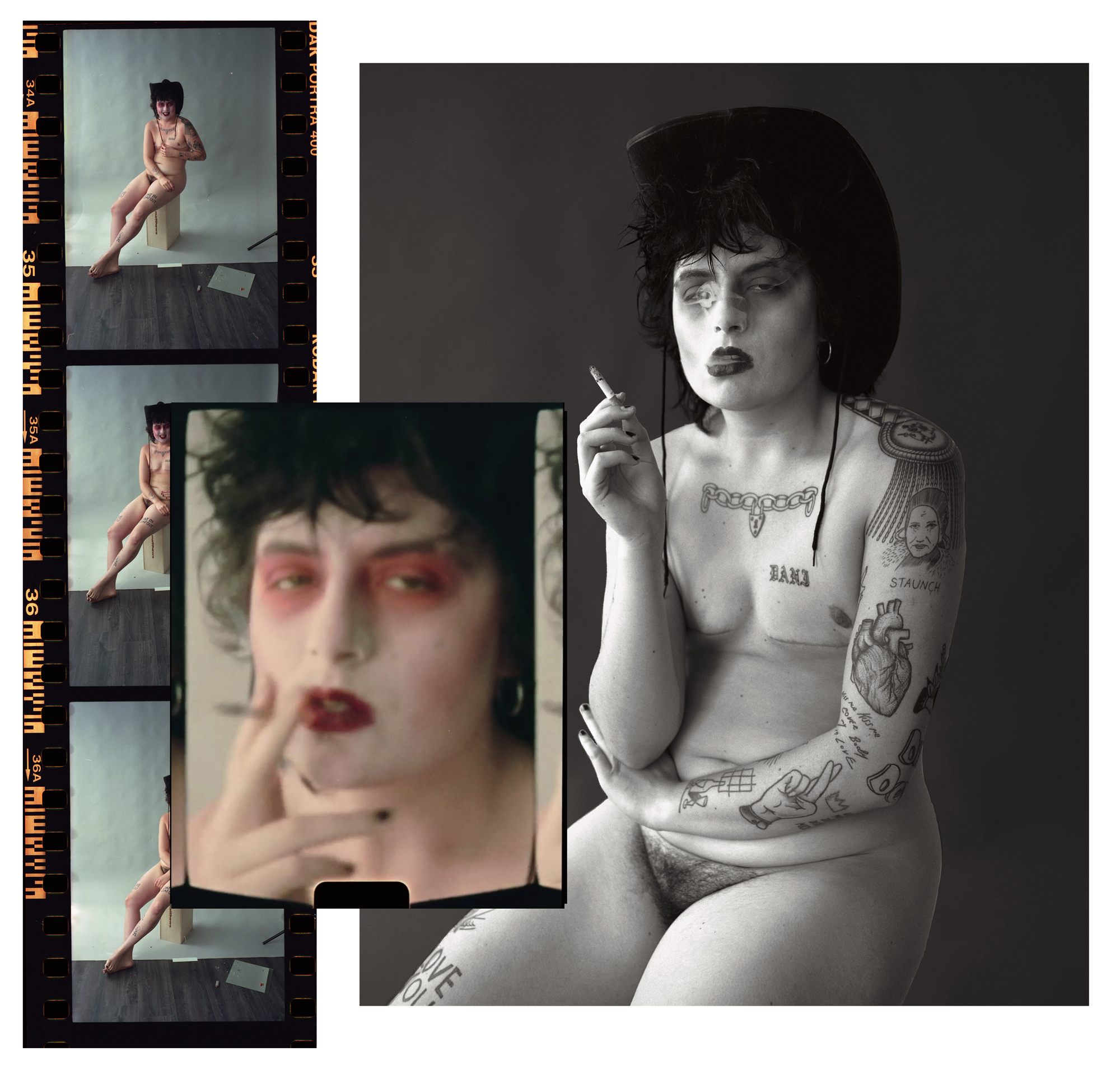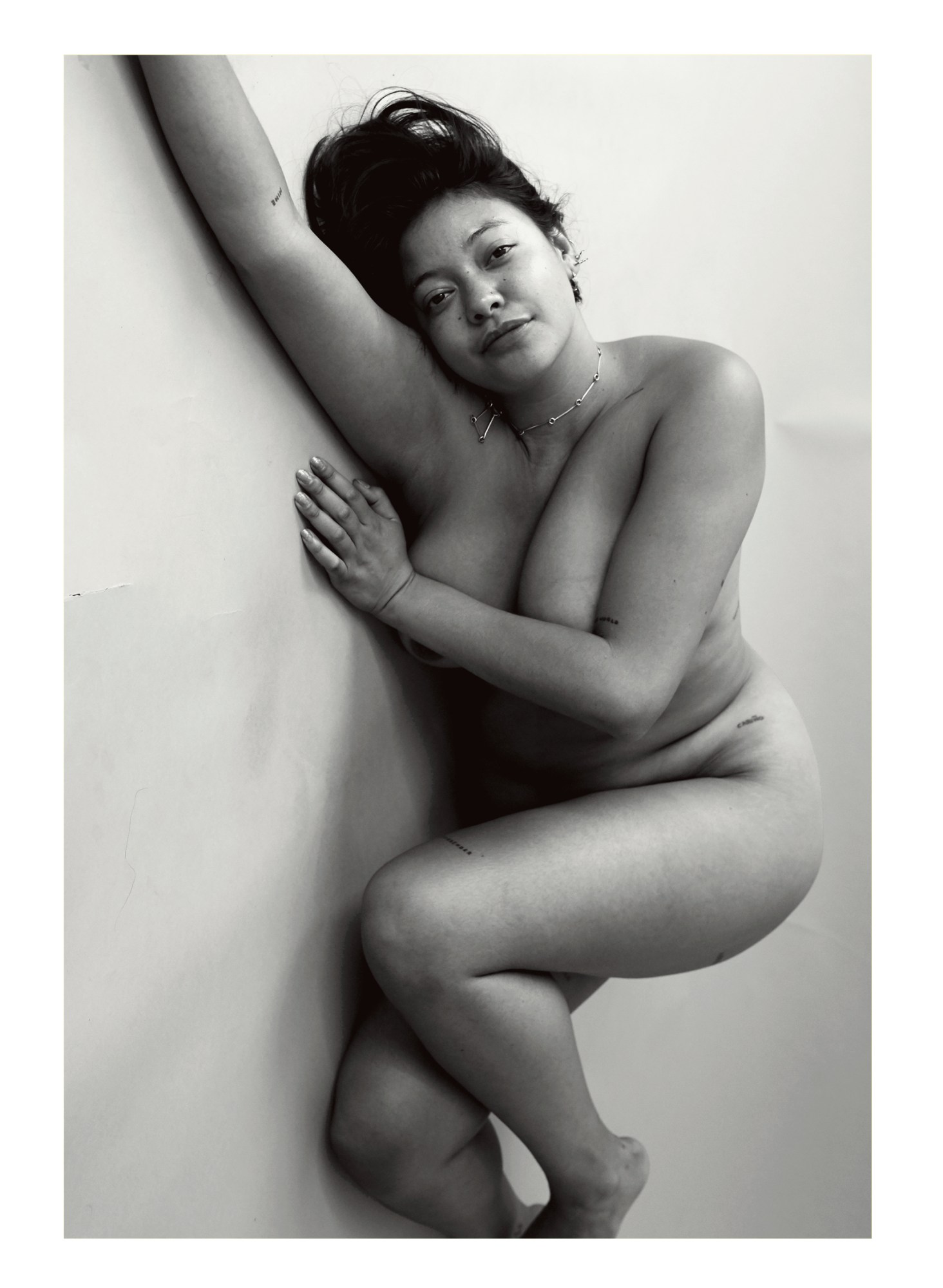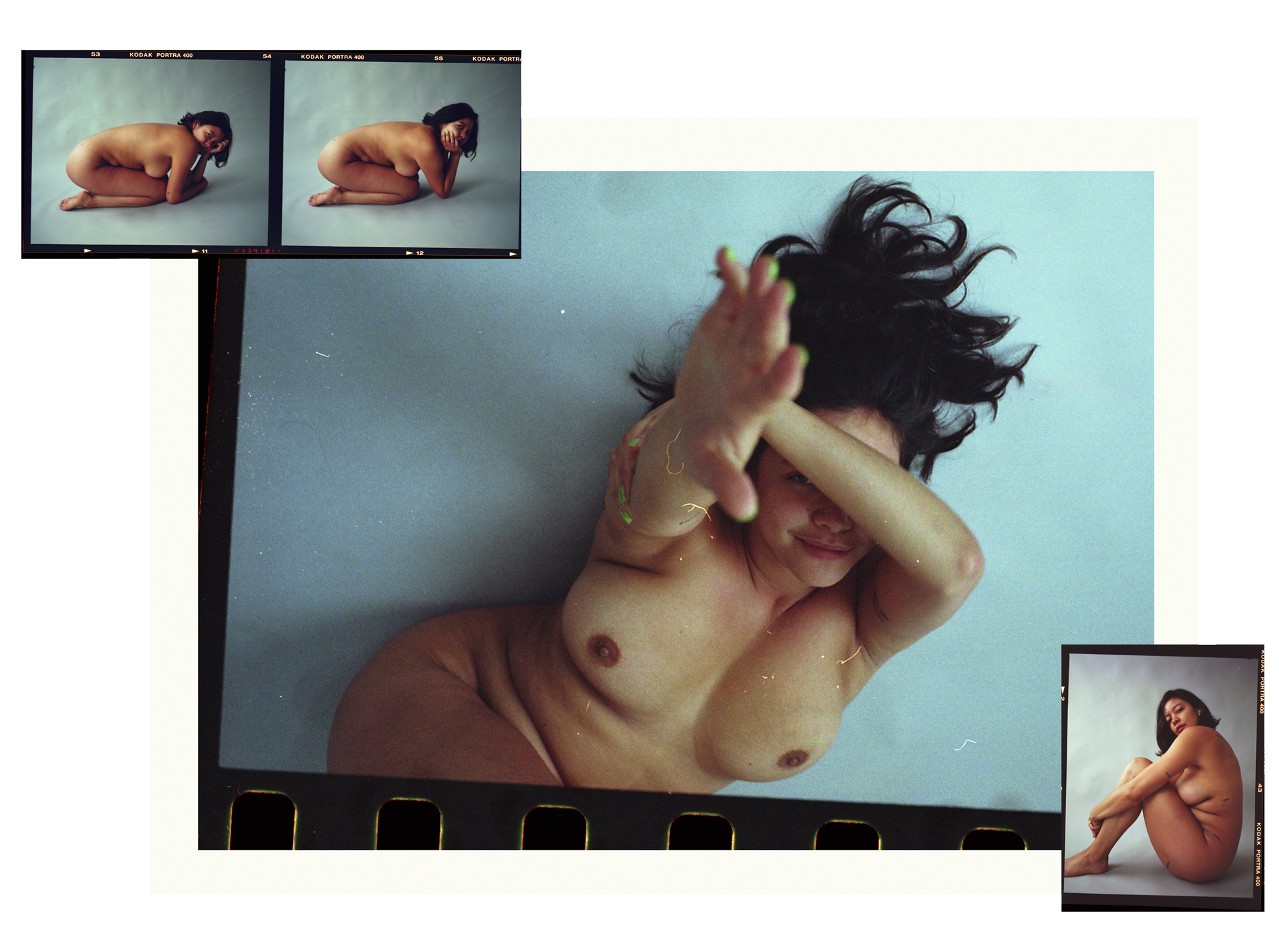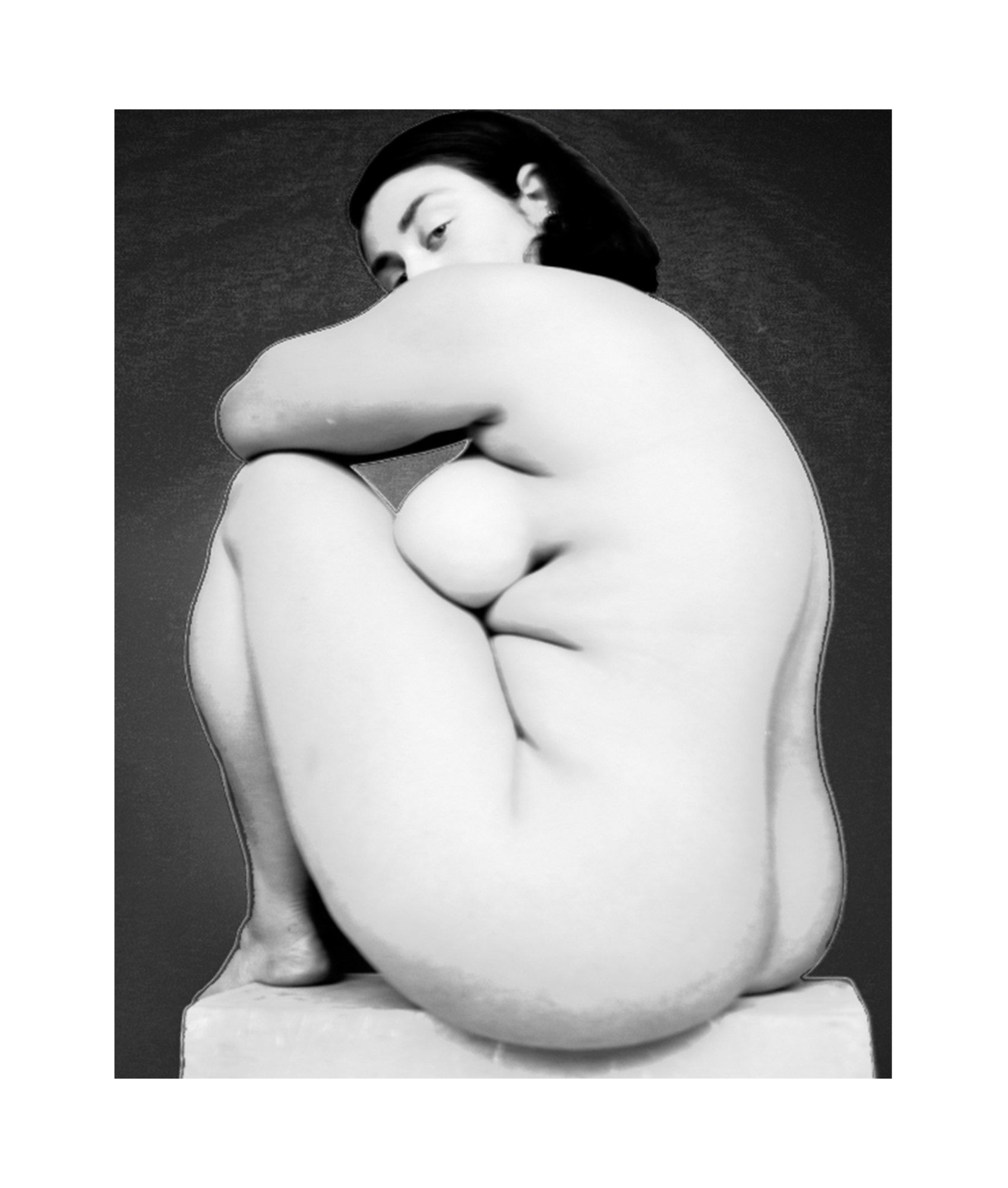In an age where people are turning to cosmetic surgery in an effort to resemble their Snapchat counterparts, our focus on URL over IRL has started to feel like a growing concern. In a new series Australian photographer Ben Simpson aims to breathe new life into the healthy dialogues around what people really look like outside of perceived digital perfection.
After an illustrious ten years working with the best our creative industries have to offer; Ben thinks it’s high time we put idealistic beauty standards to bed. He spent the last two years cultivating a series of photographs which explore themes of individualism, body-positivity, and what it really means to be beautiful in 2018: “Simply, being yourself.” We sat down with Ben to uncover the ideas behind the series and how working in a rapidly evolving industry inspired his documentation of evolving beauty standards.

What is the series about?
It’s actually because of social media — I see a lot of people getting anxiety from it. I think in the past, most people have had anxiety socially, but now because of social media, they bring it home with them. So the reason I did it is it to show that individualism and natural beauty is what makes you beautiful. I wanted to contribute to making people happy being themselves, rather than trying to be what social media expects them to be.
How did your work, particularly in fashion, inspire the series and your own ideas of beauty?
I’m not trying to change the world — I’m just trying to make people feel better. I’ve been shooting for ten years now, and just wanted to do something positive. I feel like working as a photographer you’re always trying to push something in an effort to drive sales of products and ideas — so I really wanted to push something that I thought was increasingly important, and something that I really love.

Can you tell us about the subjects you shot how you found them?
Some people I’ve just found walking on the street, others are friends who inspire me, whether it be aesthetically, culturally, or socially. Like Naomi [Shimada, pictured in the series]; she’s super cool, she’s lovely and boldly confident in everything she does and believes in — that is truly beautiful.
How did the setting affect the way you collaborated with your subjects?
The reason I shot it the way I did was because I didn’t want it to be connected to fashion at all — I wanted it to feel timeless and reach beyond style; I wanted it to be accessible by people who wouldn’t necessarily buy into style and trends, and for the right reasons. I also think it’s more personal to be shot nude — it’s more raw. It’s not sexualised, it’s just a documentation of the people as they are on that day, in that moment. The focus is on the person and that’s all it’s about. The themes of beauty surrounding the work developed later on.

Throughout the body of work, you explore c-type printing and collage. How did ideas of medium play into your narrative?
I’m playing with lots of different mediums at the moment. While I’ve been building this series, I keep finding new things and new ways to explore medium; recently, with printing and c-types, as well as a love for shooting film, and using different cameras. All the photos were shot using different cameras. I choose film because it enables me to engage with my subjects free from distraction, as well as other technical reasons. Each picture reflects the person I shot, regardless of the medium. I’m starting to work more with hand printing so it could be possible that the series will evolve into an eclectic aesthetic mix of images.
What do you think is required from figureheads in creative industries to encourage body-positive beauty standards?
The conversation as it stands at the moment is slowly shifting in a way that inspires hope for generations to come. When you look at the voice of key titles, I think the idea of there only being ‘one’ type of girl, or person, is finally fading away.

Do you have plans to exhibit the series?
I plan on showing it, definitely. But I feel like it’s still unfinished, both with finding different subjects, as well as my exploration of different mediums and printing processes. I nearly showed it in Sydney actually, but then felt like the series had more room to grow, so have put that off now and am back to shooting.
